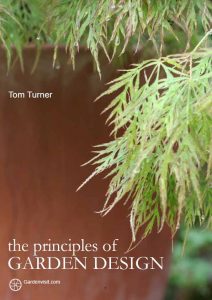 Congratulations to Whitelaw Turkington for sponsoring a landscape contribution to the London Festival of Architecture. A group of landscape architects marched through South London on Saturday 12th July 2008, carrying trees and with periodic pauses to consider the relationship between trees and London. Congratulations also, to one of the firm’s principals for becoming a tree bearer.
Congratulations to Whitelaw Turkington for sponsoring a landscape contribution to the London Festival of Architecture. A group of landscape architects marched through South London on Saturday 12th July 2008, carrying trees and with periodic pauses to consider the relationship between trees and London. Congratulations also, to one of the firm’s principals for becoming a tree bearer.
It is always good to see landscape architects on the march. But I wonder if they don’t need more political courage. Way back in 1983, I proposed to the then-chair of the Landscape Institute’s South East Chapter, that we should protest against the failure of the London Dockland Development Corporation (LDDC) to commission a Landscape Strategy. The proposal was that every landscape architect in London should keep their Christmas tree until it went brown. We would then carry the dead trees in procession from the Palace of Westminster to the HQ of the LDDC, cast them down and, should anyone be so brave, light a funeral pyre.
I wish we had done it. Although there are a few good things, the landscape planning of the Isle of Dogs is predominantly disastrous. Had they spent a few pence on a landscape plan, the cost of the re-development would have been significantly lower and the environmental quality would have been significantly higher.


